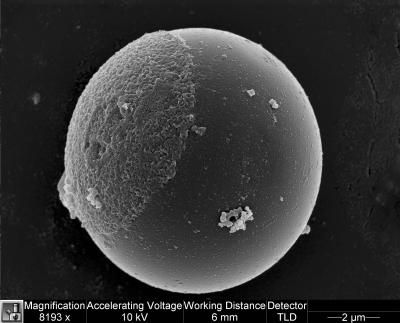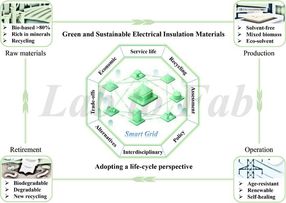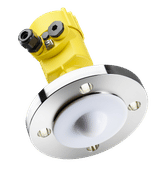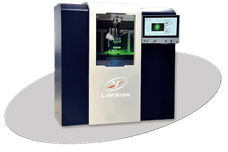Molecular switch that changes liquid crystal colors
Nanotechnology tool may help in in detecting harmful gases, pathogens, explosives
Advertisement
Dartmouth researchers have developed a molecular switch that changes a liquid crystal's readout color based on a chemical input. This new development may open the way for using liquid crystals in detecting harmful gases, pathogens, explosives and other chemical substances.
The findings appear in the journal Angewandte Chemie.
One of the challenges in the field of molecular switches and machines is the translation of molecular level motion into macroscopic level events by harnessing light or chemical energy -- think of a molecular-sized light switch that can be turned on and off. With an actual light switch, this can be easily done by hard wiring the switch to a light source, but doing this at the nanoscale is challenging.
In their study, the Dartmouth researchers used liquid crystals such as the ones in LCD (liquid crystal display) monitors and TV screens to address this challenge. They synthesized a pH activated molecular switch that can control the long range assembly of a commercially available liquid crystal called NP5. This manipulation changed the readout color of NP5 from purple to green depending on the applied pH, confirming the molecular level motion is responsible for the change in the photophysical properties of the liquid crystal.
The findings open the way for researchers to design molecular switches that produce different liquid crystal readout colors when harmful chemical substances are detected. If these liquid crystals are used as pixels – similar to the ones in LCD screens – researchers may be able to bunch them together and develop groups of sensors that can quickly analyze and detect hazardous materials.
Other news from the department science
These products might interest you
Most read news
More news from our other portals
See the theme worlds for related content
Topic world Sensor technology
Sensor technology has revolutionized the chemical industry by providing accurate, timely and reliable data across a wide range of processes. From monitoring critical parameters in production lines to early detection of potential malfunctions or hazards, sensors are the silent sentinels that ensure quality, efficiency and safety.

Topic world Sensor technology
Sensor technology has revolutionized the chemical industry by providing accurate, timely and reliable data across a wide range of processes. From monitoring critical parameters in production lines to early detection of potential malfunctions or hazards, sensors are the silent sentinels that ensure quality, efficiency and safety.



























































